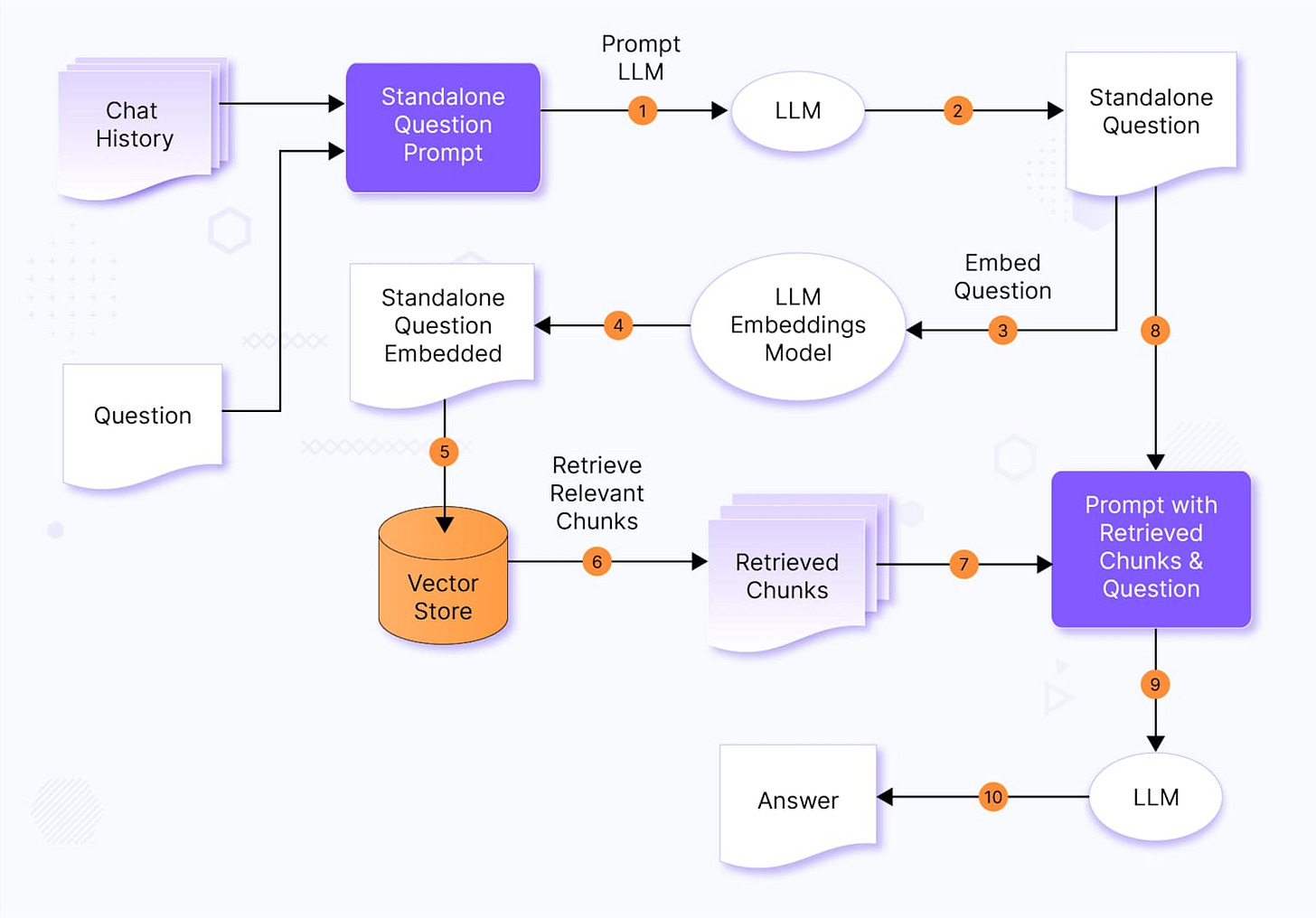Welcome back to my #75DaysofGenerativeAI series! Today, we're exploring an approach that's quietly revolutionizing how we build, deploy, and scale AI applications. If you've ever struggled with fragmented tools, disconnected knowledge bases, or AI systems that work great in demos but fall apart in production, this one's for you.
The Problem We're All Facing
Even though AI based IDEs like Windsurf , Cursor, Claude Code and Gemini Cli have come a long way is last year or so, when you ask developers, they still seems incomplete. What missing? The business context.
The result? Development cycles that take forever, AI systems that hallucinate because they can't access the right information, and knowledge that gets trapped in silos instead of flowing where it's needed. Sound familiar?
Enter the Integrated AI Development Ecosystem
What if I told you there's a better way? An approach that brings together your development environment, knowledge infrastructure, and AI processing into one cohesive system that actually works like it's supposed to.
An integrated AI Development ecosystem combines power of RAG, MCP and Agentic IDEs.
What This Means for You:
Real-time code assistance that actually understands your project context
Suggestions that get smarter as your codebase grows
Development workflows that feel natural instead of constantly switching between tools
Knowledge Infrastructure
The knowledge infrastructure is an agentic RAG solution which is a knowledge repository for business documents like PRD, Confluence pages or Notion documents.

If you want to know more about RAG and advance technique checkout here and here. RAG solutions have come a long way and my personal favorite is RAGFLOW, an open source RAG solution.
Prominent features of RAGFlow include:
RAGFlow emphasizes a "Quality in, quality out" approach by performing deep, fine-grained parsing of unstructured data. It can extract knowledge from complex formats that include text, images, and tables, allowing for user intervention in the parsing process. This ensures high-quality data is used for generation
The platform uses an intelligent and explainable chunking method based on a variety of templates. This gives users more control over how documents are segmented, which is a critical step for retrieving relevant information
Grounded Citations to Reduce Hallucinations To build trust and ensure accuracy, RAGFlow provides traceable answers with visible citations and references
Automated and Flexible RAG Workflow RAGFlow streamlines the entire RAG process through automated orchestration suitable for both personal and large-scale business applications. It supports complex, graph-based workflows, allows for configurable Large Language Models (LLMs) and embedding models, and offers intuitive APIs for seamless integration into business systems. The platform is also compatible with numerous file types, including Word documents, Excel spreadsheets, images, scanned copies, and web pages.
Connecting Knowledge to your IDE
Here is where the beauty of Model Context Protocol comes in. The Model Context Protocol (MCP) is an open standard, open-source framework that simplifies how AI systems, particularly large language models (LLMs), integrate with external tools, systems, and data sources. There are many articles explaining MCP in details but in short it allows your API’s to be exposed to be consumed by LLMs
AI based IDE
AI based IDEs like Windsurf and Cursor allow you to connect to a customer MCP server. You can then use their agent mode to always first call the MCP server to get business context for the question asked, then look into the code to get a better understanding of the codebase.
Whole process looks like this
Real-World Benefits You Can Measure
Let's talk about what this actually means for your organization:
Development Efficiency: Teams report 40-60% faster development cycles with significantly fewer bugs making it to production.
Knowledge Management: No more hunting through Slack channels or outdated wikis. Information is accessible, current, and contextual.
AI Capabilities: Systems that actually understand your domain and make decisions based on your organization's expertise, not just generic training data.
Real-World Applications
Enterprise Knowledge Systems
Imagine a system where asking "How do we handle authentication in our microservices?" doesn't just return a link to documentation, but provides current code examples, recent updates, and context about why certain decisions were made.
Development Acceleration
Picture writing code where your environment doesn't just complete syntax, but suggests entire functions based on your application's architecture, your team's coding patterns, and your organization's best practices.
Intelligent Documentation
Think about documentation that updates itself as your code changes, suggests improvements based on user questions, and helps new team members understand not just what the code does, but why it was written that way.
The Future We're Building Toward
This integrated approach represents more than just a technical solution - it's a fundamental shift in how we think about the relationship between developers, knowledge, and AI systems.
Instead of AI being something we use occasionally, it becomes part of the fabric of how we work. Instead of knowledge being static and hard to find, it becomes dynamic and contextual. Instead of development being a solitary activity, it becomes a collaboration between human expertise and artificial intelligence.
The organizations that embrace this approach aren't just building better software faster - they're creating learning systems that get smarter over time, knowledge ecosystems that grow with their business, and development cultures that are more innovative and effective.




